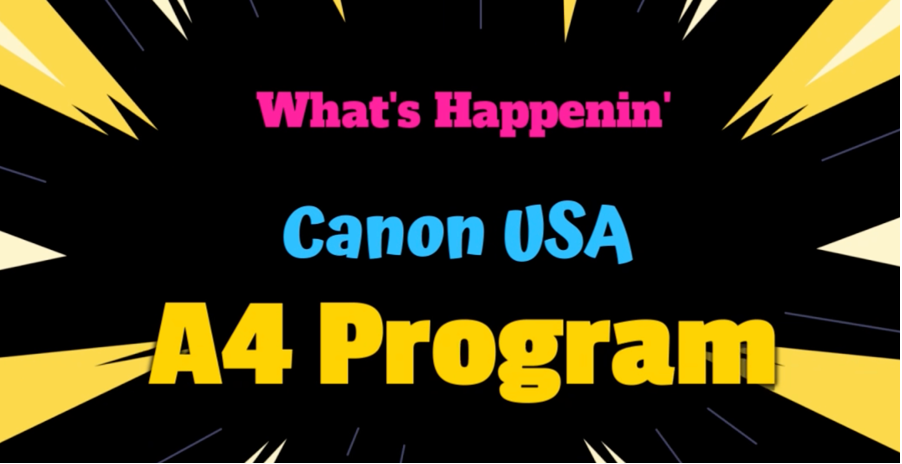The following appears on m.insurancenewsnet.com
Now more than ever, healthcare providers must do more with less. Tighter budgets, stringent government legislation and increased patient demands require medical professionals to find new ways to be efficient and cost conscious, without impacting the quality of care. Providers faced with these challenges need to implement strategies to help optimize their day-to-day processes while reducing cost.
 The ascent of intuitive document-based technologies can help to alleviate these demands. Deployed correctly, they can not only help satisfy regulatory, operational and the bottomline mandates, but can also help improve productivity, foster security and increase profitability.
The ascent of intuitive document-based technologies can help to alleviate these demands. Deployed correctly, they can not only help satisfy regulatory, operational and the bottomline mandates, but can also help improve productivity, foster security and increase profitability.
While it may seem simple, investing in basic document and data capture strategies can help transform a medical environment. Many healthcare providers are using these strategies to help turn uncoordinated and redundant processes into streamlined and automated workflows.
As healthcare providers continue on their journey toward Meaningful Use in connection with electronic health records (EHRs), here are some strategies for efficient document and output management to consider.
Implement efficient hybrid workflows
The role of paper in healthcare environments has changed dramatically in a relatively short amount of time. No longer are hard-copy documents required for every engagement. Instead, information can live in EHRs so data is accessible to healthcare providers with the appropriate clearance, when and as needed. As physicians, nurses, pharmacists and other medical providers share protected health information (PHI) through a health information exchange (HIE), the result is higherquality patient care that often translates into improved diagnoses, and can assist in reducing medical errors and patient réadmissions.
Click here to read the rest of the article on m.insurancenewsnet.com


